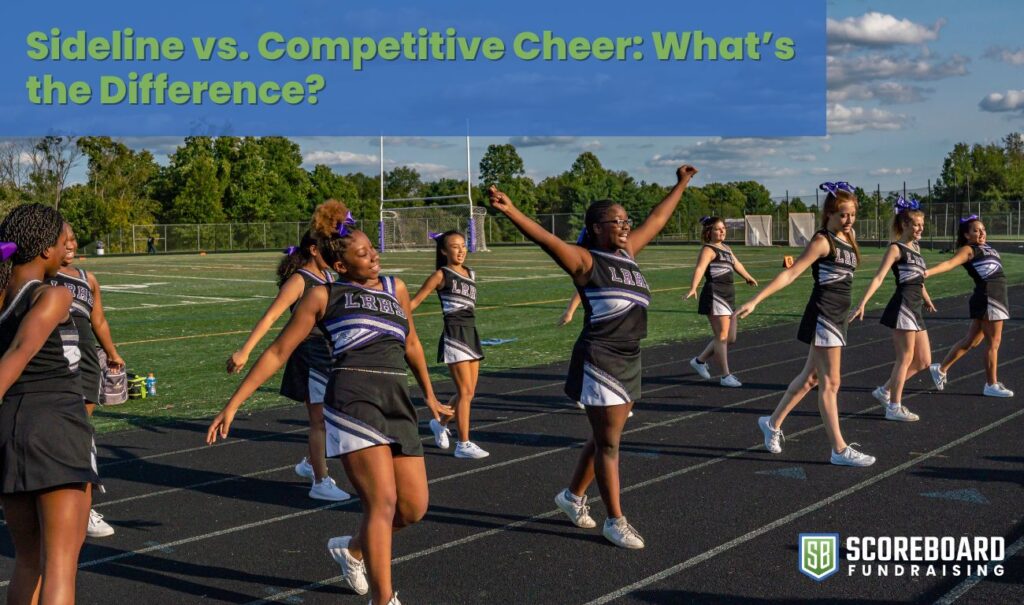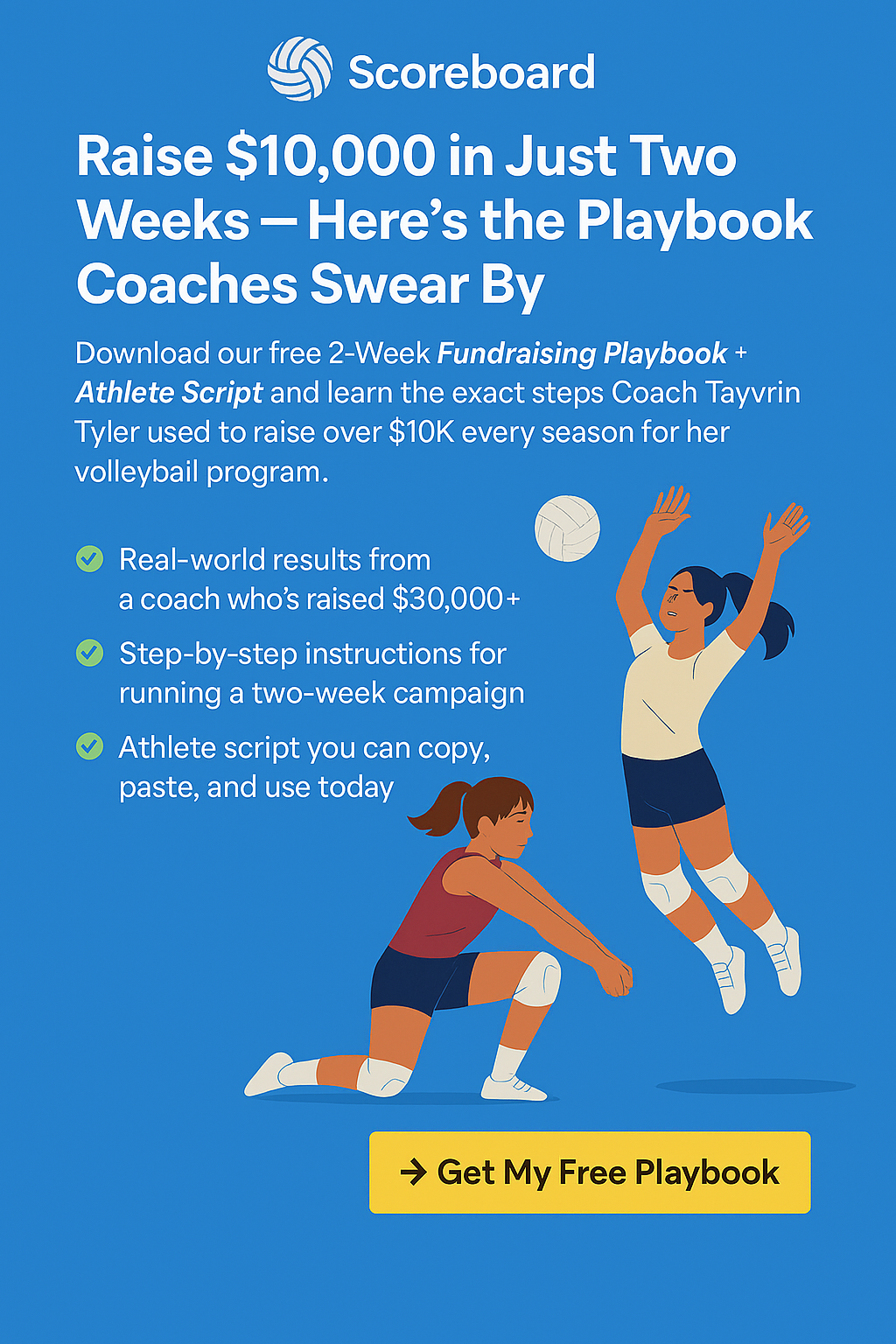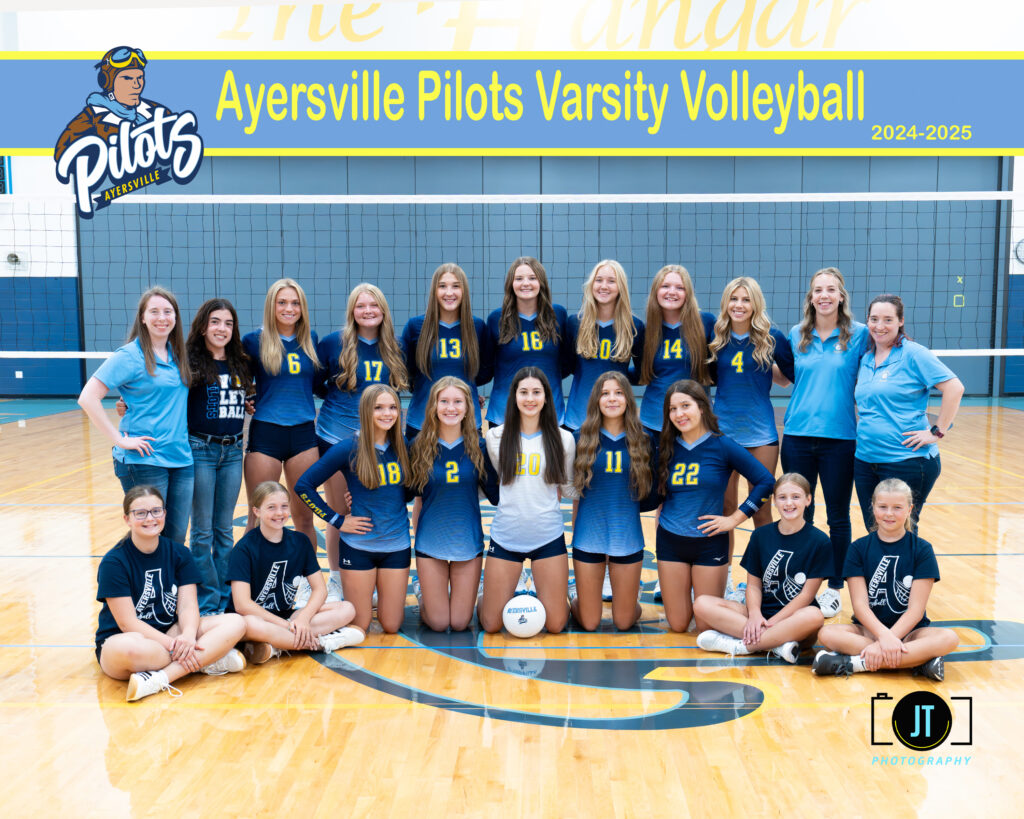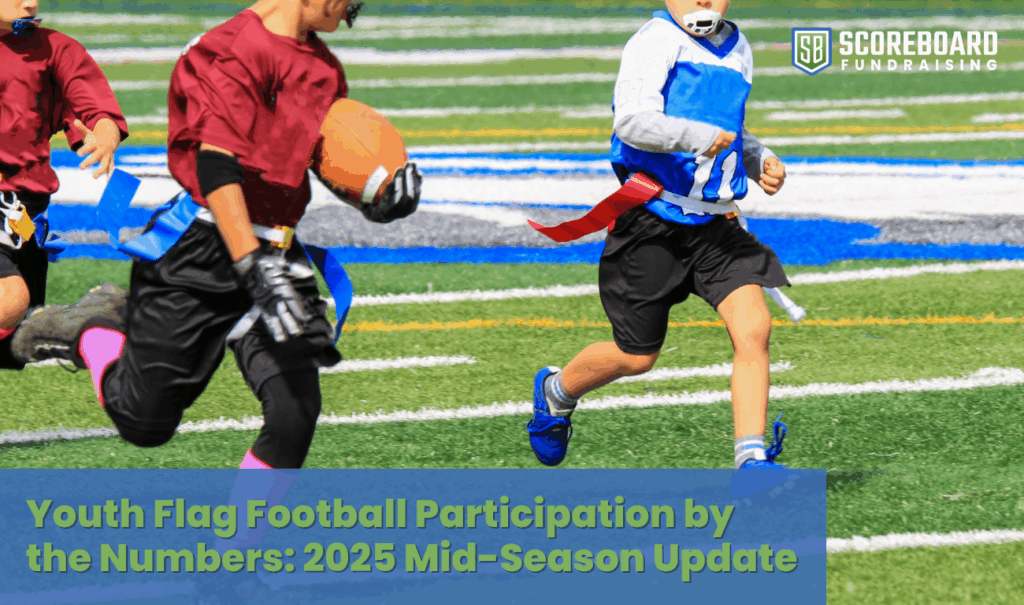
Cheerleading has evolved far beyond pom-poms and pep rallies. Today, it’s a highly skilled athletic discipline that combines strength, endurance, teamwork, and showmanship. But for many parents and athletes new to the world of cheer, there’s one big question: what’s the difference between sideline and competitive cheer?
Both share the same foundation of athleticism and spirit, but they serve very different purposes, schedules, and goals. In this post, we’ll break down sideline vs. competitive cheer, explain what makes each unique, and help families decide which might be the best fit for their child.
Cheerleading Explained: More Than Just Spirit
Cheerleading isn’t just about cheering—it’s about performance. Whether on the sidelines or on the competition floor, cheerleaders train like athletes. They combine stunts, tumbling, and choreography that require serious strength, flexibility, and teamwork.
According to Varsity.com, modern cheerleading is now recognized as one of the most demanding youth sports, combining gymnastics, dance, and acrobatics in a high-energy team environment.
While both sideline and competitive cheer involve these skills, the focus and atmosphere of each are very different.
What Is Sideline Cheer?
Sideline cheer is what most people picture when they think of traditional cheerleading—cheering at games to pump up the crowd and support the team.
Purpose
Sideline cheerleaders are the spirit leaders of their schools or organizations. Their goal is to engage fans, lead chants, and build energy throughout football and basketball seasons.
Schedule & Season
- Typically runs during fall and winter sports seasons
- Practices focus on crowd engagement and school spirit
- Sideline teams perform at games, pep rallies, and community events
Skill Focus
Sideline cheer emphasizes synchronization, clean motions, voice projection, and timing with the game’s pace. Tumbling and stunting are common but usually simpler than in competition.
Why It’s Great
- Builds confidence and leadership
- Involves community and school pride
- Great introduction for beginners before transitioning to competitive cheer
What Is Competitive Cheer?
Competitive cheer takes cheerleading to the next level—it’s all about performance, precision, and competition.
Purpose
Competitive teams train for months to perfect a two-and-a-half-minute routine packed with stunts, tumbling passes, pyramids, jumps, and dance elements. Teams are scored by judges based on difficulty, technique, creativity, and synchronization.
Schedule & Season
- Runs almost year-round, with peak competition season in winter and spring
- Teams compete at local, regional, and national events, including Varsity All Star and USA Cheer sanctioned competitions
- Practices are more intensive and frequent than sideline cheer
Skill Focus
Competitive cheer demands elite athleticism. Cheerleaders must master:
- Advanced tumbling (back handsprings, layouts, fulls)
- Complex stunts and pyramids
- Choreographed dance sequences
- Strength, flexibility, and endurance
Why It’s Great
- Builds high-level athletic skill
- Encourages discipline, teamwork, and goal-setting
- Offers travel opportunities and exposure at national events
Sideline vs. Competitive Cheer: Key Differences
| Feature | Sideline Cheer | Competitive Cheer |
|---|---|---|
| Main Goal | Support and energize teams/fans | Compete and earn scores/titles |
| Performance Type | Game-time chants and short routines | 2½-minute choreographed performance |
| Season Length | Fall/Winter (school year) | Year-round (competition circuit) |
| Commitment Level | Moderate | High (multiple practices per week) |
| Skill Focus | Jumps, chants, stunts, spirit | Advanced stunts, tumbling, precision |
| Atmosphere | School/community-based | Competitive, performance-driven |
Which Is Right for Your Athlete?
Choosing between sideline and competitive cheer depends on your child’s goals, schedule, and comfort level.
Sideline Cheer is perfect for:
- Beginners or younger athletes learning the basics
- Kids who enjoy teamwork and school spirit
- Families looking for a lower time commitment
Competitive Cheer is ideal for:
- Athletes who love to perform and push themselves
- Those ready for travel and competition
- Kids seeking a sport that builds strength, stamina, and confidence
Both offer valuable experiences—and many athletes do both at different times in their cheer journey!
Cheerleading as a Sport
While cheerleading started as a sideline activity, it has officially become one of the fastest-growing competitive sports. USA Cheer reports that cheer is now recognized as an emerging sport at both the high school and collegiate levels in many states.
Cheerleading combines the athletic rigor of gymnastics with the artistry of dance and the teamwork of team sports. It develops coordination, mental focus, and physical endurance—making it a complete athletic discipline.
The Overlap: Many Athletes Do Both
It’s becoming increasingly common for athletes to participate in both sideline and competitive cheer—especially in smaller programs or schools. This allows them to:
- Build foundational sideline skills like crowd leadership and stamina
- Gain advanced competitive experience through travel and competitions
- Represent their school while also earning individual and team recognition
This dual participation gives athletes the best of both worlds: community involvement and competitive excellence.
FAQs About Sideline vs. Competitive Cheer (Snippet Ready)
Q: What’s the main difference between sideline and competitive cheer?
A: Sideline cheer focuses on supporting school sports teams and engaging the crowd, while competitive cheer focuses on performing choreographed routines for scores and titles.
Q: Is competitive cheer harder than sideline cheer?
A: Competitive cheer generally requires more advanced skills, longer practices, and higher physical demands, but both involve dedication and teamwork.
Q: Can athletes do both sideline and competitive cheer?
A: Yes! Many cheerleaders participate in both, gaining school spirit experience from sideline and advanced performance skills from competition.
Q: How old do you have to be to start cheerleading?
A: Many gyms and schools start cheer programs as early as age 5 or 6, with age-based divisions through high school and all-star programs.
Q: Is cheerleading considered a sport?
A: Yes. Cheerleading is officially recognized as a sport in many states and continues to grow in popularity and athletic recognition.
Ready to Fund Your Season
Scoreboard Fundraising makes it easy for cheer teams to raise the money they need—fast.
- Keep more profit than traditional fundraisers
- Fund uniforms, competition travel, and gym fees
- Simple, stress-free process with real results
👉 Learn More About Cheerleading Fundraising Options
Conclusion
Whether your athlete thrives on the sidelines or shines under the competition lights, cheerleading offers incredible opportunities for growth, teamwork, and personal achievement.
Sideline cheer builds spirit, leadership, and connection to the school community. Competitive cheer pushes athletes to new levels of strength, precision, and performance. Together, they showcase what modern cheerleading is truly about—discipline, passion, and heart.
💡 How Scoreboard Fundraising Can Help
Cheer programs at every level face real costs—from uniforms and competition fees to travel and equipment. That’s where Scoreboard Fundraising comes in. Our high-profit, low-stress model helps teams raise money efficiently so athletes can focus on doing what they love: cheering, performing, and winning.
If your sideline or competitive cheer team is ready to fund a successful season, Scoreboard Fundraising is here to help you keep spirits high and goals within reach.



